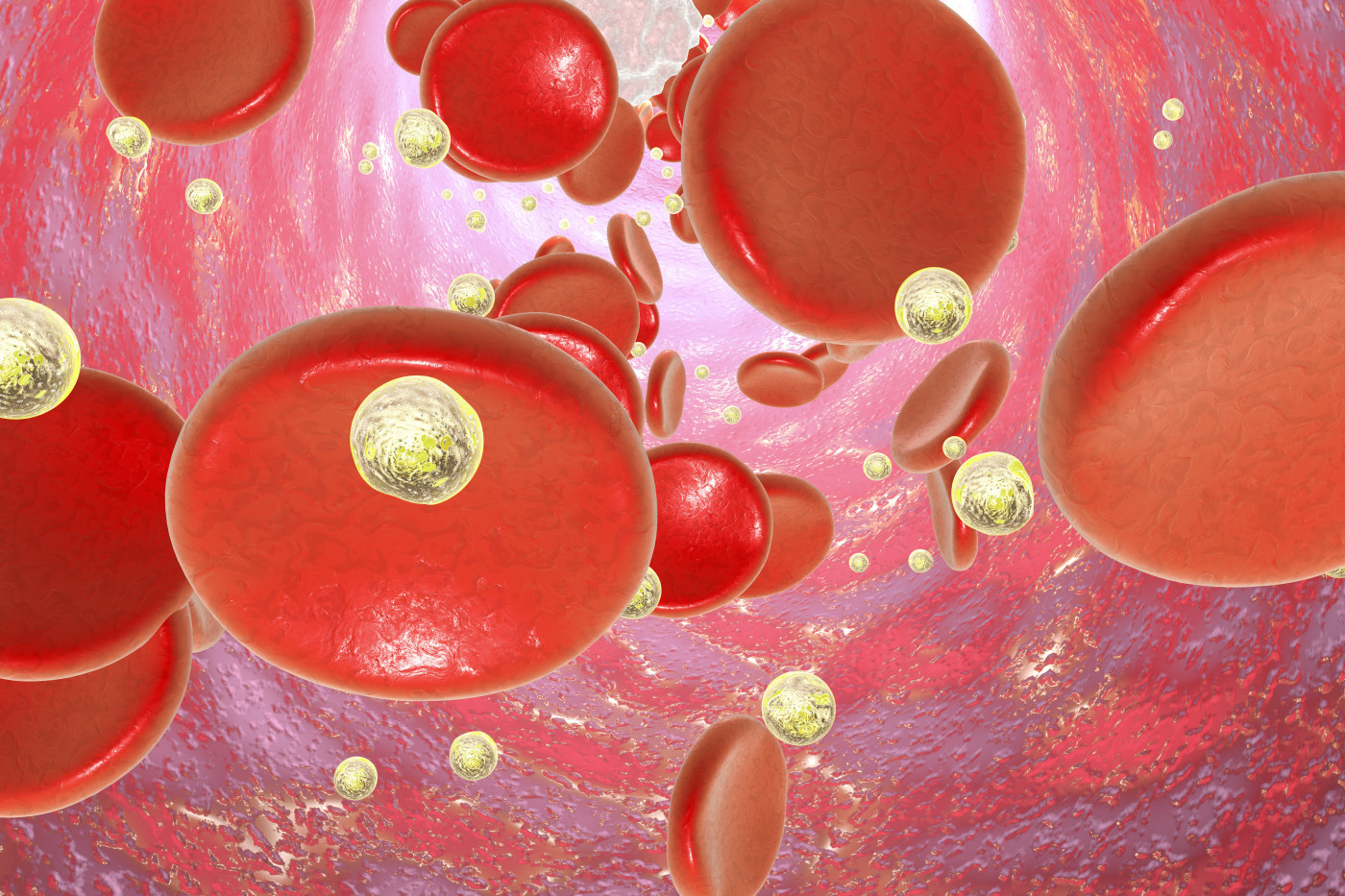Stem Cell Transplant from Unrelated Donors Holds Promise for SCD Patients, Study Suggests
Written by |

Blood stem cell transplant from unrelated donors is a feasible strategy in people with sickle cell disease (SCD), with better outcomes when blood markers are matched between donor and recipient, a study suggests.
The study, “The role of HLA matching in unrelated donor hematopoietic stem cell transplantation for sickle cell disease in Europe,” was published in the journal Bone Marrow Transplantation.
Hematopoietic stem cell transplant (HSCT), or the transplant of blood cell progenitors, can be curative for SCD patients, but finding the right donor remains a major barrier in preventing the widespread application of the method.
Blood cells produce certain protein markers recognized by the immune system, including a group of proteins called human leukocyte antigens (HLA). Different people have different HLA variants, and finding donors who match the recipient — ideally an HLA-matched sibling — is known to improve HSCT outcomes.
However, not everyone has such a sibling, and the best treatment strategy remains unclear. Researchers in Europe examined treatment outcomes for people with SCD who were treated with HSCT from unrelated donors, focusing on the role of HLA matching.
The team looked at data from 71 people with SCD who received HSCT at one of 23 European Society for Blood and Marrow Transplantation centers between 2005 and 2017. The median age of the group at HSCT was 9.3 years (range 2–43), with 87% being 16 or younger.
Looking at 10 possible HLA matches — two copies from each of five genes — the scientists found a 10/10 match in 31 donor-recipient pairs, a 9/10 match in 20 pairs, and 8/10 in four pairs. The remaining donor-recipient pairs had incomplete or missing HLA information.
Outcomes were compared between those with 10/10 matches and pairs with either 9/10 or 8/10.
At three years following HSCT, overall survival rate was significantly higher in pairs with 10/10 matches (96% vs. 75%). The rates of people who did not experience graft-versus-host disease (GvHD), a condition in which the immune system attacks the transplanted cells, or transplant rejection also were significantly higher in the group with all 10 matches (69% vs. 50%).
“In our study, patients who received a high resolution 10/10 HLA-matched transplant had longer survival compared with those who received HLA mismatched grafts,” the researchers wrote.
This suggests that “matched [unrelated donor] HSCT is a valid option for SCD patients lacking an HLA-identical sibling donor,” they added, “paying particular attention on patient and donor selection and strategies for [graft failure] prevention.”
The investigators also looked at other factors associated with outcomes after HSCT. Notably, they found poorer outcomes in individuals with a history of stroke prior to HSCT, meaning higher rates of GvHD or transplant rejection (39% vs. 66% in participants without such history).
They also looked at conditioning regimens — medications given prior to HSCT to remove blood stem cells in the recipient, so they can be replaced by donor cells with less of rejection. A conditioning regimen consisting of fludarabine, thiotepa and treosulfan was associated with superior outcomes than other regimens in terms of higher overall survival at three years (95% vs. 76%), and more patients with no GvHD/transplant rejection (66% vs. 53%).
Still, finding the best conditioning combination requires studies in larger studies, the scientists said.





